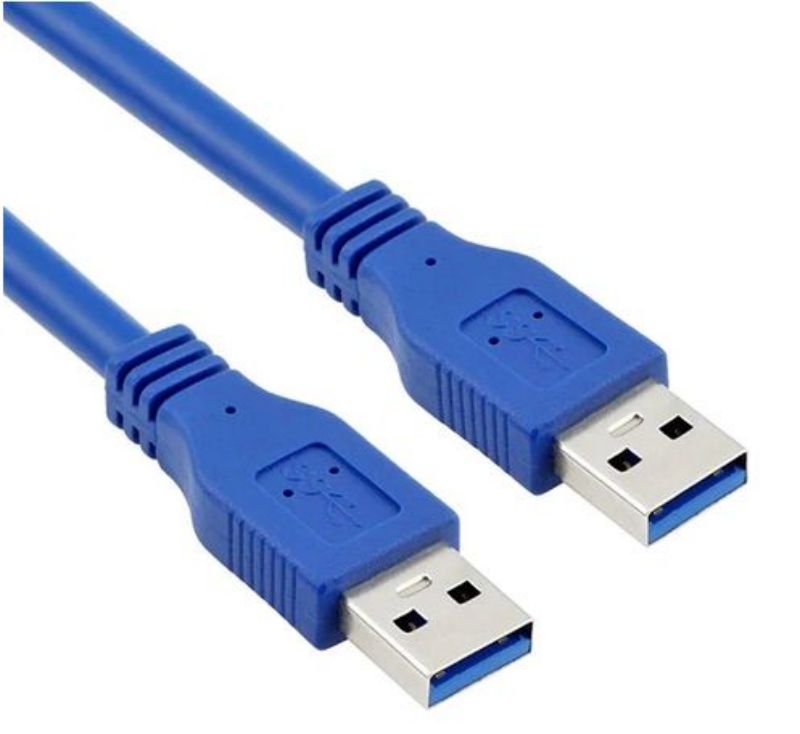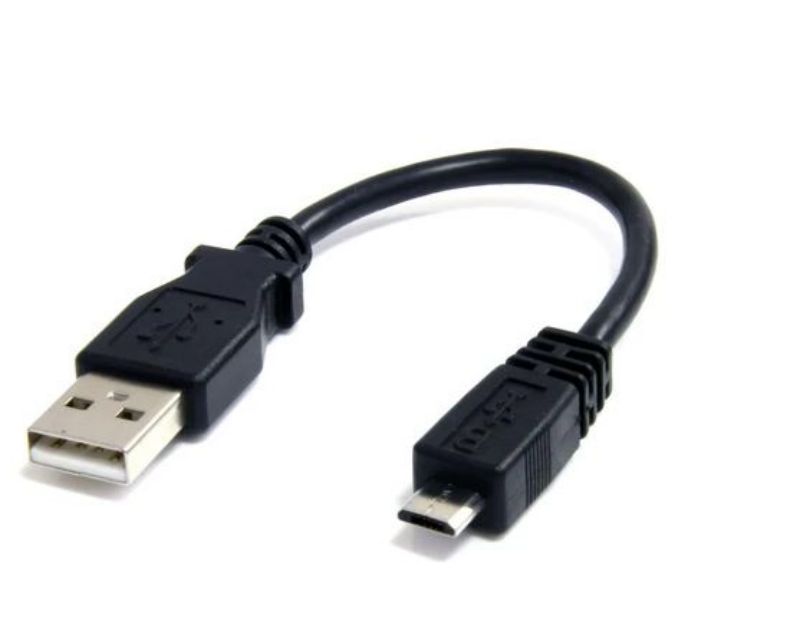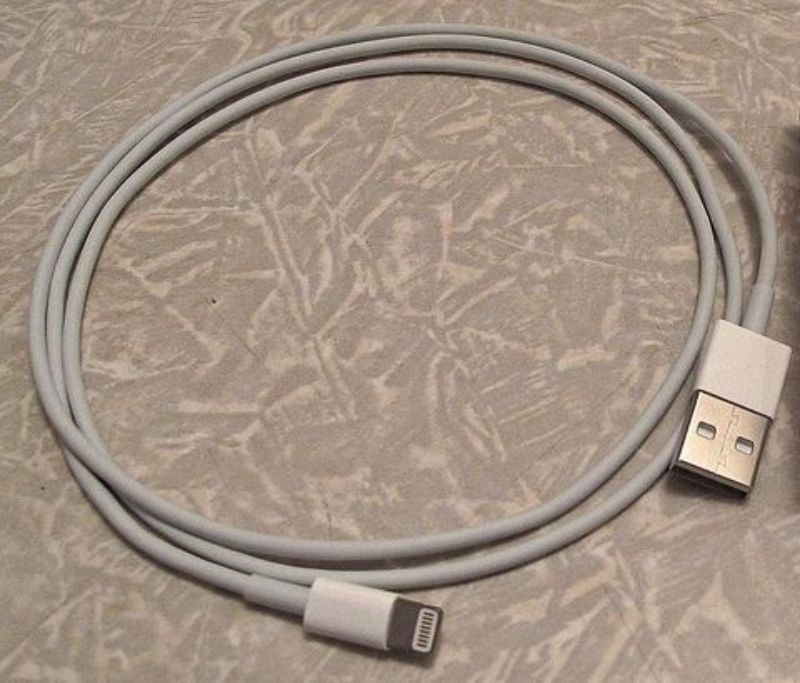USB Cables come in many different forms, shapes and sizes, over the period they have evolved and gotten smaller, changed it shape and style to improvise its efficiency for the users. The USB Cables come for various purposes such as Data Cable, Charging, PTP Transfer, Data Feeding, etc.
6 Common USB Charger Types and Their Uses USB-A Cable
What is a Type A Charger?
USB Type-A connectors, are flat and rectangular in shape. Type A is the first and original USB connector and is the most recognized USB connector. Every charging cable out there has got a USB A Port, however the use of USB A to USB A Cable has reduced over time. This type of cable is used for only data transfer purpose and its use case is restricted to computers, personal tech and laptop only.
Micro-USB Cables
The Micro USB Cable is also known as the miniaturized version of the USB Type A Cable, in today’s world it is used for charging and data transfer for Smartphone, Laptop and other compact devices such as charging cable for power bank, data cable for tablets and ipod
What Mobiles Use Micro USB Cables?
Micro-USB Cable were once the Standard Data Cable among mobile brands. As a result, many phones are compatible with Micro USB cables.
Samsung lists the following models for its Galaxy series phones:
Galaxy S5, S6, S6 edge, S7, and S7 edge
Galaxy Note 5 and Note 6
Galaxy A6
Galaxy J3 and J7
USB Type C Cable
What is the USB C Cable?
Type C is the Latest Generation of Charging Cable, when it comes to Fast Charging your Devices in 2-3 Hours, Type C cables are a go to option for every latest smartphone brands. Type C Cables are shaped in a fully rounded manner making it easy for smartphone users to plug in and out of their phones.
USB C is the Latest USB Standard which come with USB 3.0 that has a bandwidth of 5 Gbps and version 3.1 has a bandwidth of 10 Gbps. A major advantage of USB 3.1 is that it supports a feature known as Power Delivery 2.0. This feature allows ports that are compatible to provide up to 100 Watts of power to the connected device. USB 3.1 which is backwards compatible with USB 3.1 and 3.2, defines the following transfer modes:
USB 3.1 Gen 1 - SuperSpeed and 5 Gbit/s (0.625 GB/s) data signaling rate over 1 lane using 8b/10b encoding. It is the same as USB 3.0.
USB 3.1 Gen 2 - SuperSpeed+ along with new 10 Gbit/s (1.25 GB/s) data rate over 1 lane using 128b/132b encoding.
USB 3.2 - which is the next generation, could further increase the data transfer speed to 20Gbps.
Buy a Type-C charger online and enjoy all the benefits of fast charging and latest technology
Lightning Cable aka iPhone Cable
All the Apple Users have a dedicated type of charging cable which is called a Lightning Cable, which only supports Apple Devices such as the iPhone 5 and above models, iPad Air and Above Models. The Lightning ports are a proprietary patented design of Apple, Inc.
The Lightning Port replaced the 30-pin connector which was used on Legacy Apple Devices such as the iPhone 4 and iPad 2, the 30 pin cables were then replaced by the Lightning Cables which were more efficient and user-friendly
Conclusion
At the end of the day, a charger is just something that charges you mobile phone, tablet or any of your device and serves a simple purpose, yet it is very important for you to buy a high quality charging cable that will serve you and solve your problems in the long run without a hesitation to buy a new one again and again.
The only conclusion we can give is that, opt for the right charging cable and opt for a high quality one, regardless of its price as it will be a one time investment for you.
Facebook TwitterPinterest
Post time: Aug-11-2023




